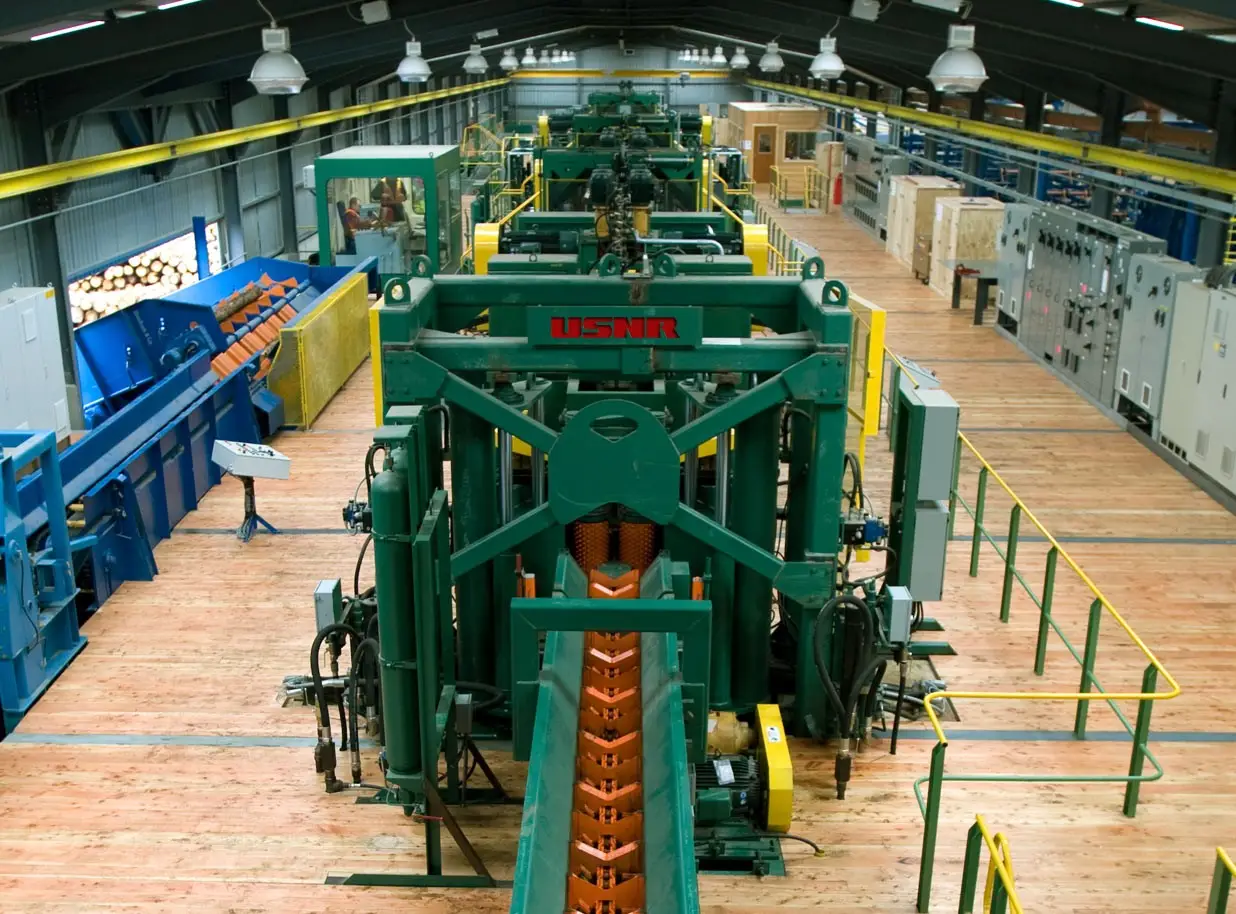In-depth analysis of Sino-US timber trade: challenges, opportunities and long-term impact of the 90-day truce
The 90-day tariff truce agreement reached by China and the United States in May 2025 brought a brief respite to the turbulent timber and log trade market, but also formed a complex "dual track" situation. LumberFlow's analysis aims to deeply interpret the reality of the coexistence of the temporary reduction of tariffs on processed wood products and the continued ban on US logs in this context, and its far-reaching impact on global supply chains, inventory management, shipping logistics and market sentiment, and provide traders with forward-looking response strategies.








